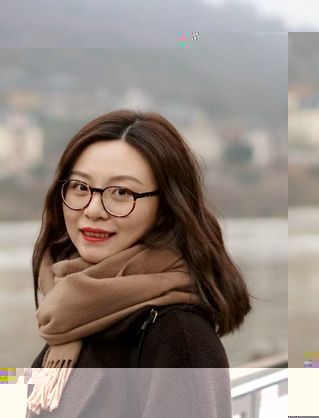Title:Stochastic geometry based modeling of wireless cellular networks
報告時間:7月20 周四上午10:00-11:00
報告地點:無線谷1306會議室
Abstract:
Stochastic geometry has been used as a powerful and useful tool in modeling of wireless communications for decades. However, most research papers consider base station (BS) distributions as homogeneous Poisson point process (PPP). In reality, most distributions of BS are displaying spatial correlations, i.e., repulsiveness or attractiveness, which leads to non-PPP based modeling. Non-PPP based modeling is usually not mathematically tractable though it is more accurate in capturing the correlation between BS locations. In this talk, I will present a new methodology, i.e., inhomogeneous double thinning (IDT) methodology, which has both good mathematical tractability and accuracy. Different metrics are studied, such as coverage probability, mean interference to signal ratio (MISR), and meta distribution. Then it is applied to realistic BS deployments, using datasets from Paris and Brussels, with special focus on not only coverage performance, but also EMF exposure distribution. The second part consists of modeling 5G massive MIMO networks, considering both realistic fitting of array patterns and channel fading. More perspectives will be given on the potential applications of stochastic geometry in different types of wireless networks, such as cognitive radio, satellite communications.
Bio:
Shanshan Wang received the Ph.D. degree in telecommunication from University Paris-Saclay, France, the Master degree in wireless communications and signal processing from University of Bristol, UK, and the Bachelor degree from Soochow University, China. She was a research engineer in Toshiba Telecommunication Research Lab in UK between 2014 and 2015. She is currently a PostDoc researcher in Telecom Paris, France. Her research interests include system-level performance analysis, stochastic geometry, EMF exposure, artificial neural networks, and 5G massive MIMO. She is currently leading Task 1.1 in European Horizon project “SEAWave” since 2022. She served as workshop chair in BioEM 2022, Japan. She is recipient of Marie Curie H2020-ITN PhD fellowship in 2015 and Best Paper Award in the conference INISCOM in 2018, Vietnam. She has more than 20 publications on journals and international conferences.


